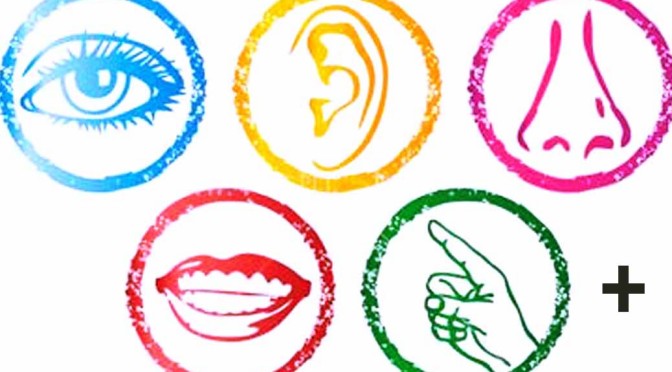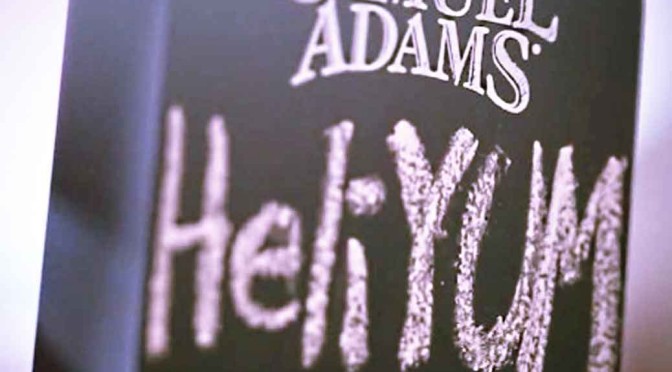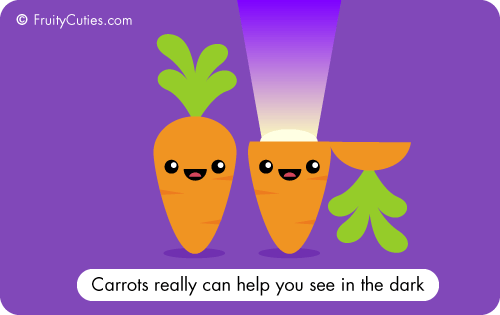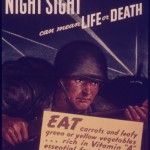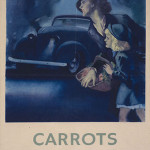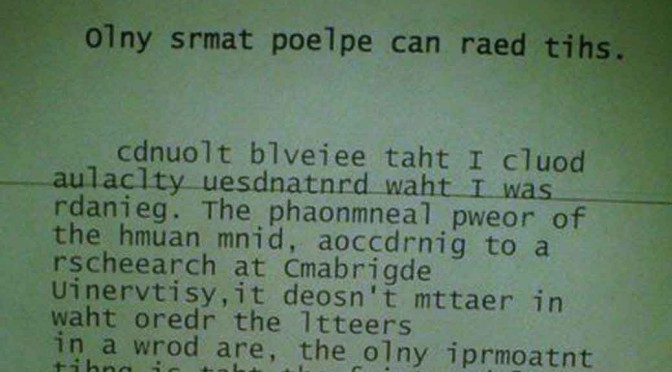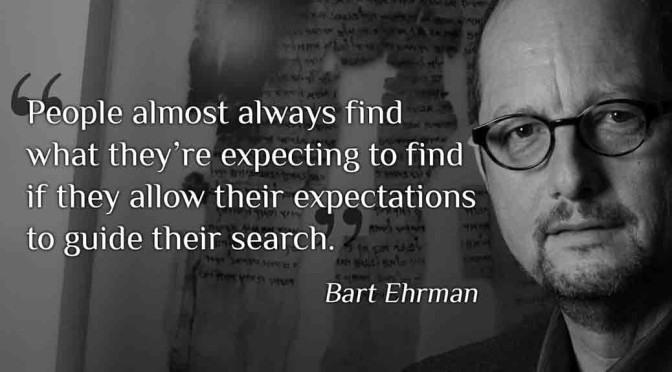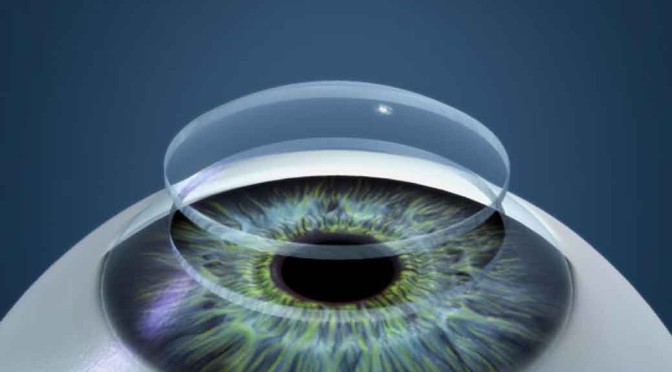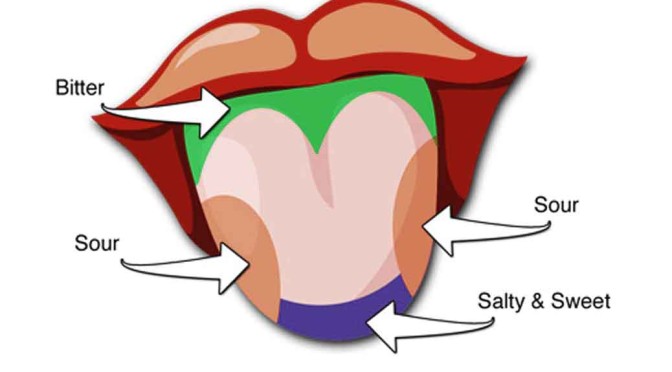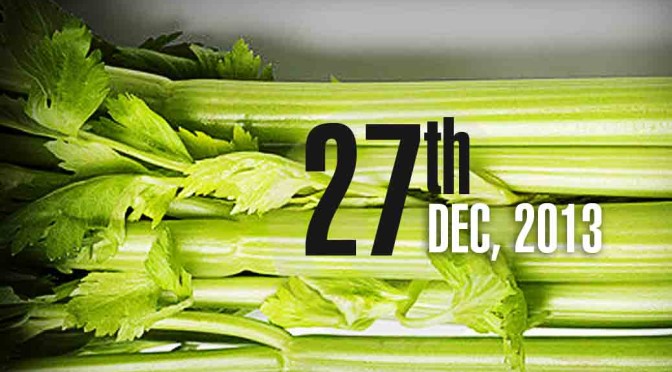If six years ago you had forgotten a Fisher space pen in your car’s glove box and you pull it out today, it will write without a hiccup. It will also write underwater, in extreme heat and in freezing cold. In fact it will write in space too. It has been used for exactly that for decades.
You must have heard of that story where NASA spent millions to invent a pen that writes in space. That is not really true. The millions in research was Paul Fisher’s own money that he spent to develop a pen which would write in weightless conditions. Well, NASA was spending money on it at almost the same time too. But their research program’s budget spiraled out of control and had to deal with public pressure before going back to using pencils.
There’s a good chance you must have received an email like this one, maybe around April 15th:
When NASA started sending astronauts into space, they quickly Discovered that ball-point pens would not work in zero Gravity. To combat this problem, NASA scientists spent a Decade and $12 billion developing a pen that writes in zero
Gravity, upside-down, on almost any surface including glass And at temperatures ranging from below freezing to over 300 C.The Russians used a pencil.
Your taxes are due again — enjoy paying them.
The Russian one line solution compared to the “$12 Billion” dollar Americans used sounds like a smooth story to tell. But that is not really how it all went down.
At the height of space race, both Americans and Russians used pencils to write in space. But since pencils use graphite to leave a mark, and graphite is flammable, it made pencils not the best things to take into space, especially after the Apollo 1 fire incident. Secondly, graphite conducts electricity pretty well. That means a broke piece of pencil tip, or even the small amount of graphite dust from it could get into the electronics and cause shorts. And then there’s paper, wood and eraser which go with a pencil. All of which produce particles when used and are combustible.
Mechanical pencils were a better solution as they eliminated wood but the graphite was still a problem. Grease pencils or wax pencils solved it to some extent. But again the mark left by any pencil was not as reliable as a pen. Ballpoint pens worked pretty well. However the problem with normal ball pens was that the ink was not designed to work well at low pressures, nor would it do very well in extreme space temperatures. Felt tip pens again used a much thinner ink which wasn’t an ideal choice for usage in low pressure environments like space.
Fisher solved all of these problems by inventing a pen that used an ink cartridge that was pressurized at 35 psi. This ensured the ink would come out irrespective of the orientation of the pen, or the pressure it was in. It also used a non-newtonian thixotropic ink which acted like ketchup – stayed put as long as the pen was not intending to write, and flowed due to a change in viscosity when the pen had to write. Oh and the ink was designed to work well at -25 to 120 degrees C, not 300 C.

This original spacepen – Antigravity 7 or AG7, the one which was used on Apollo 7 space mission in 1968 after 2 years of testing by NASA, sells on Fisher spacepen’s website for about $60.
This video talks about how it all started from a sandwich:
[Wikipedia], [Physics.org], [Fischer spacepen], [Snopes]

